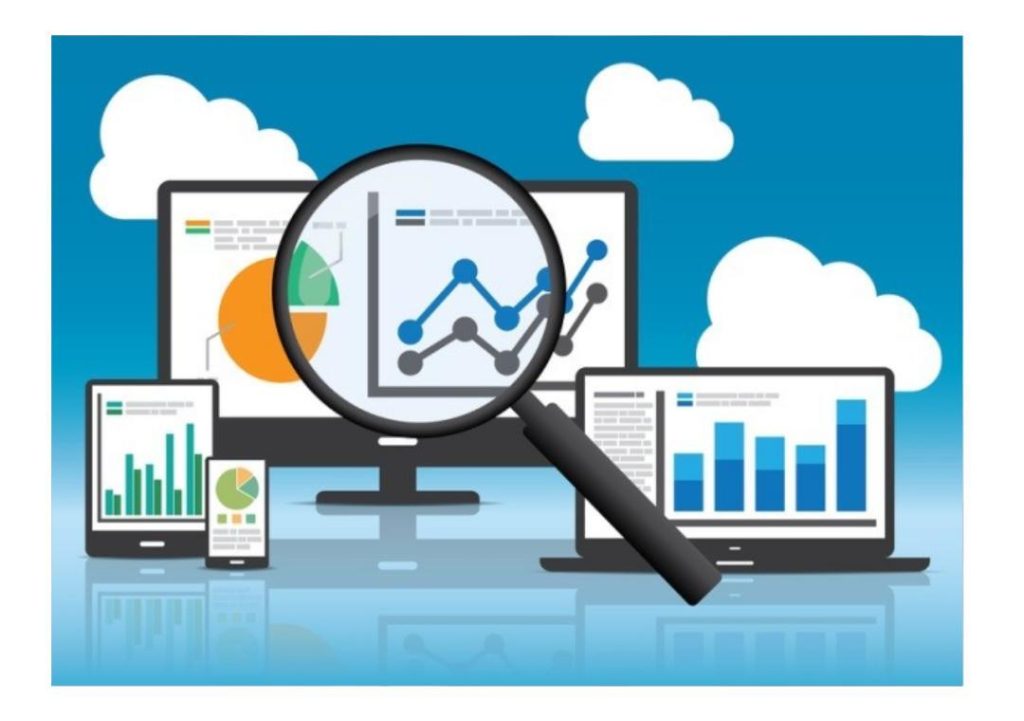
Why is Marketing More Data-Driven than Ever?
The world of marketing has undergone a significant transformation in recent years, and one of the key drivers of this change is the increasing reliance on data analysis. Gone are the days of relying on gut instincts and assumptions to guide marketing decisions. Today, marketers are using predictive analytics to segment audiences, forecast campaign results, and tailor messaging to specific groups. This shift towards data-driven marketing has revolutionized the way brands interact with their customers, leading to more effective campaigns and improved ROI.
The Power of Predictive Analytics
Predictive analytics is a type of advanced data analysis that uses statistical models and machine learning algorithms to forecast future behavior or outcomes. In the context of marketing, predictive analytics enables businesses to identify patterns and trends in customer data, allowing them to make more informed decisions about their marketing strategies. By analyzing large datasets, marketers can gain insights into customer intent, timing, and preferences, which can be used to deliver highly personalized experiences across digital platforms.
Segmentation and Targeting
One of the key benefits of predictive analytics in marketing is its ability to segment audiences with precision. By analyzing customer data, marketers can identify specific groups with similar characteristics, interests, and behaviors. This allows them to create targeted campaigns that resonate with each group, increasing the likelihood of engagement and conversion.
For example, a fashion brand might use predictive analytics to segment its audience based on age, gender, and purchasing behavior. This could lead to the creation of targeted campaigns that appeal to specific groups, such as a “Generation Z” campaign that emphasizes sustainability and social responsibility.
Forecasting and Optimization
Predictive analytics can also be used to forecast the success of marketing campaigns, allowing marketers to optimize their strategies in real-time. By analyzing historical data and trends, marketers can predict which campaigns are likely to perform well and adjust their strategies accordingly.
For instance, a company might use predictive analytics to forecast the effectiveness of a social media campaign. If the data suggests that the campaign is unlikely to generate significant engagement, the marketer could adjust the strategy by adding more visuals or using different messaging.
Personalization and Engagement
Predictive analytics is also essential for delivering hyper-personalized experiences to customers. By analyzing customer data, marketers can create personalized messages and offers that speak directly to individual customers. This can lead to increased engagement, loyalty, and ultimately, revenue.
For example, a loyalty program might use predictive analytics to identify customers who are likely to churn. By sending targeted offers and rewards, the program can encourage these customers to stay and continue their loyalty.
Ad Spend Optimization
Predictive analytics can also help marketers optimize their ad spend by targeting high-conversion audiences more effectively. By analyzing customer data and behavior, marketers can identify which audiences are most likely to convert and allocate their ad budget accordingly.
For instance, a company might use predictive analytics to identify which demographics are most likely to purchase a particular product. By targeting these demographics with ads, the company can increase the likelihood of conversion and reduce waste.
Conclusion
The use of predictive analytics in marketing is revolutionizing the way brands interact with their customers. By segmenting audiences, forecasting campaign results, and tailoring messaging, marketers can deliver hyper-personalized experiences that boost engagement and ROI. Additionally, predictive analytics can help optimize ad spend by targeting high-conversion audiences more effectively.
As the world of marketing continues to evolve, it’s clear that predictive analytics will play an increasingly important role in driving business success. By leveraging the power of data analysis, marketers can make more informed decisions, deliver more effective campaigns, and drive real results for their business.
Source: https://www.growthjockey.com/blogs/power-of-predictive-analytics-in-business





